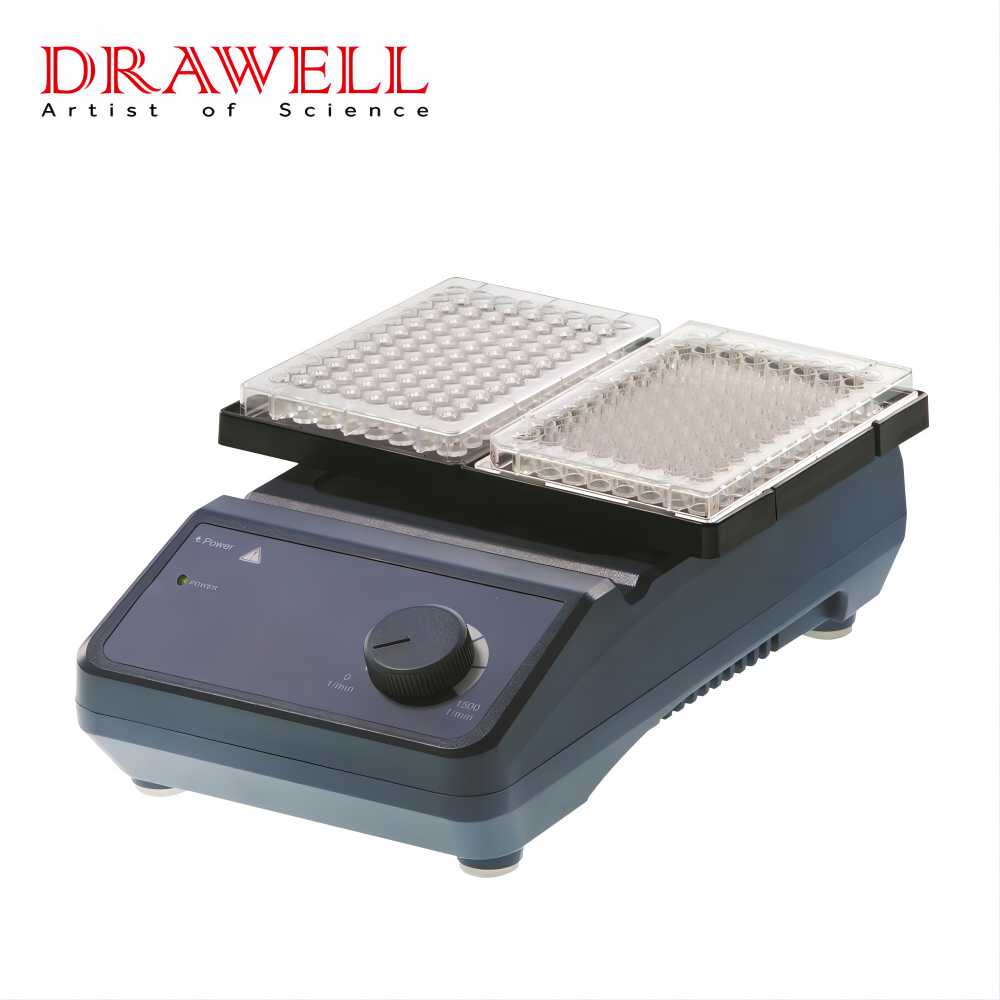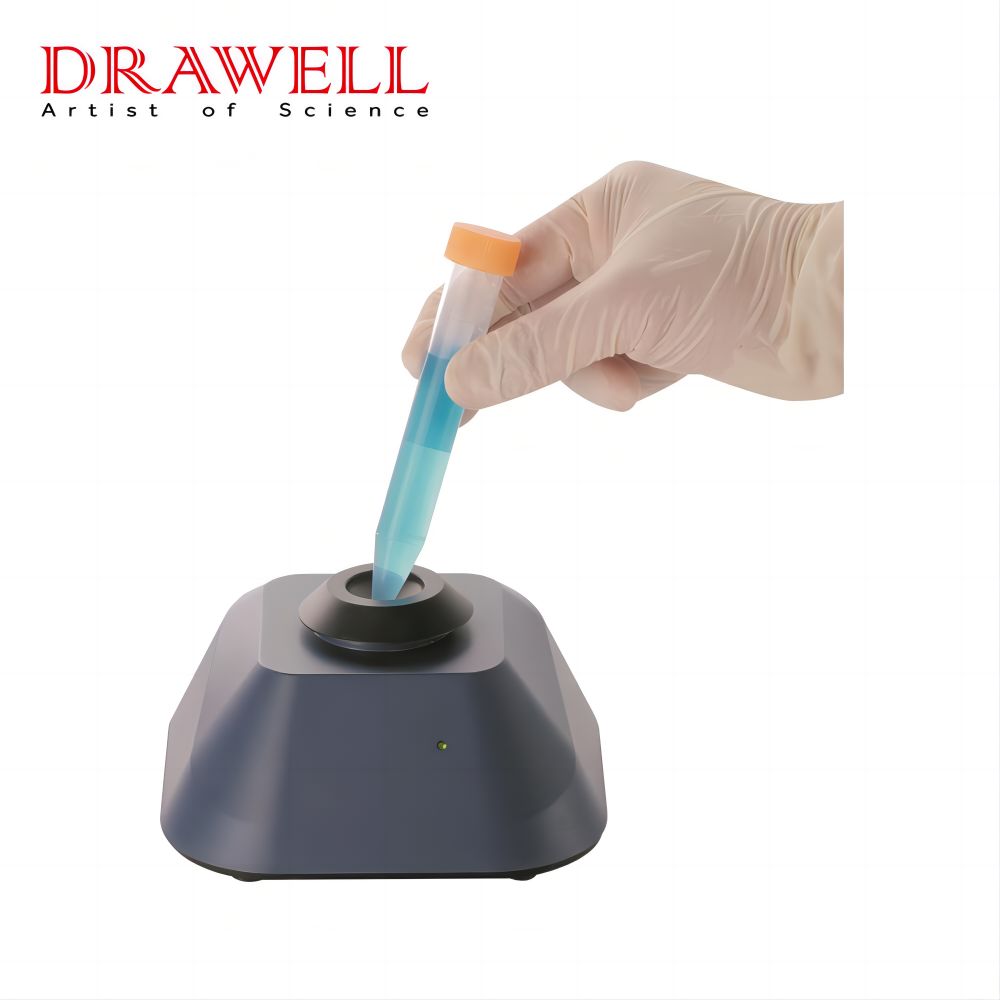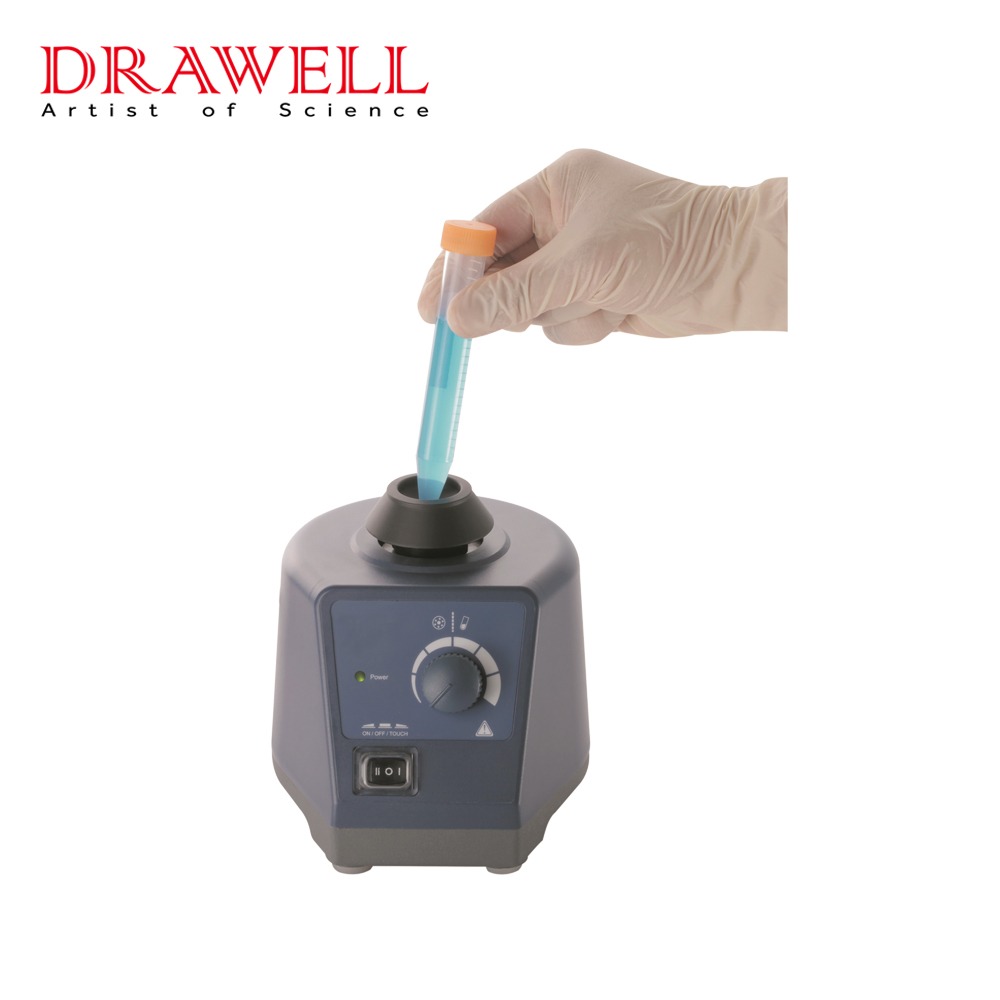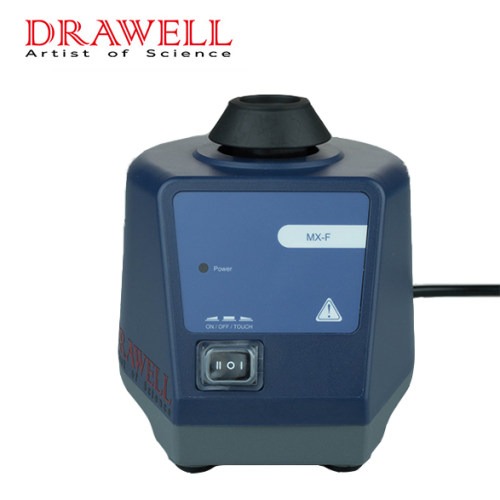The ubiquitous whirl of the lab vortex mixer, a seemingly simple laboratory workhorse, belies its intricate role in facilitating diverse biological and chemical protocols. This compact yet potent apparatus harnesses the rotational energy of its eccentrically driven cup to generate a vortex phenomenon, effectively agitating solutions within small vials and tubes. From facilitating meticulous dissolutions to promoting robust homogenization, the vortex mixer’s prowess lies in its ability to efficiently manipulate the microscopic constituents of liquid samples. This article delves into the diverse applications of the vortex mixer, while highlighting crucial operating precautions for safe and efficient utilization.
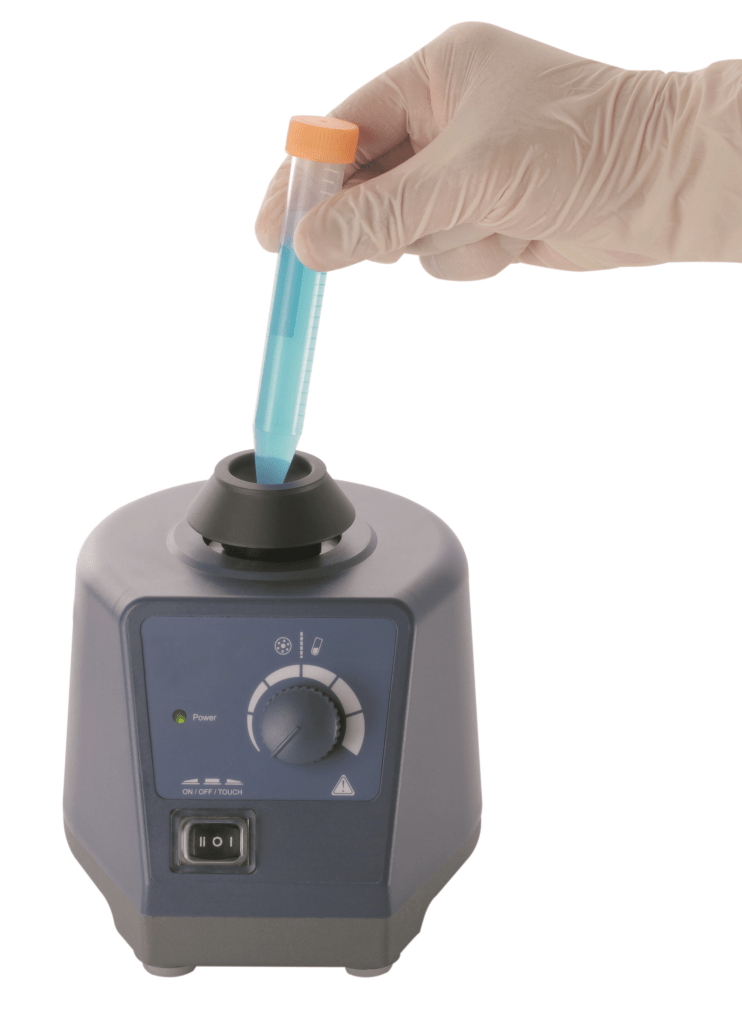
Applications of the Lab Vortex Mixer
1. Liquid Sample Mixing
Dissolution Enhancement: The vortex mixer excels at facilitating the dissolution of recalcitrant solids in liquid matrices. The rapid rotations of the cup generate a dynamic vortex that promotes intimate contact between the solid particles and the solvent. This shearing action disrupts the crystalline lattice of the solid, gradually promoting its solubilization. This technique finds widespread application in preparing chemical reagents, reconstituting dried biological samples, and synthesizing novel compounds.
Homogenization Optimization: Heterogeneous solutions, often encountered in biological and chemical samples, can exhibit spatial segregation of suspended components. The vortex mixer’s vigorous agitation disrupts this non-uniform distribution by generating turbulent flow patterns. These patterns induce collisions between suspended particles and promote their uniform distribution throughout the liquid volume. This homogenization is crucial for accurate sample analysis, cell counting, and ensuring consistent reagent concentrations in reactions.
Molecular Interaction Facilitation: The vortex mixer plays a critical role in facilitating the interaction of macromolecules in solution. Its controlled agitation brings these molecules into close proximity, enhancing the probability of their collision and subsequent interaction. This is particularly relevant in biochemical assays like immunoprecipitation, where antibodies and antigens must interact for specific binding. Similarly, in enzymatic reactions, the vortex mixer promotes the collision of enzymes and substrates, accelerating reaction kinetics.
2. Cellular Disruption and Biomolecule Extraction
Cell Lysis Techniques: The vortex mixer’s ability to generate high-shear forces can be harnessed for controlled cell disruption. This technique, often employed in conjunction with enzymatic or chemical methods, facilitates the release of intracellular components for subsequent analysis. The vortex’s rapid acceleration and deceleration of the sample container disrupts the cell membrane, allowing the release of proteins, nucleic acids, and other biomolecules. This application is crucial for preparing cell lysates for protein studies, DNA/RNA extraction, and enzyme activity assays.
Bead Beating for Enhanced Lysis: For tougher samples like bacterial or yeast cells, the vortex mixer can be combined with bead beating for efficient cell disruption. The addition of small ceramic or silica beads to the sample creates a miniature ball mill within the vortexing cup. The rapid collisions of the beads against the cells and container walls induce mechanical disruption, effectively breaking down the cell walls and releasing intracellular components. This technique is particularly advantageous for extracting DNA/RNA from recalcitrant organisms and isolating specific organelles like nuclei or mitochondria.
3. Immunoprecipitation Optimization
Immunoprecipitation, a fundamental technique in protein analysis, relies on the specific binding of antibodies to their target antigens. The vortex mixer plays a crucial role in this process by facilitating the efficient mixing of antibody and antigen solutions. The controlled agitation promotes rapid and homogenous distribution of both molecules, increasing the probability of their collision and subsequent complex formation. This optimized mixing ensures efficient capture of target antigens and minimizes nonspecific binding events, leading to cleaner and more accurate immunoprecipitation results.

Operating Precautions: Ensuring Safe and Efficient Lab Vortex Mixing
While the vortex mixer appears deceptively simple, its safe and efficient operation necessitates meticulous attention to specific precautions. These precautions safeguard both personnel and samples, optimizing experimental outcomes and minimizing risk.
1. General Laboratory Safety
- Eye Protection: Always wear appropriate safety glasses or goggles to shield your eyes from splashes or projectiles generated during vortexing. Chemical droplets, container fragments, or biological aerosols can pose significant eye hazards.
- Hand Protection: Utilize chemical-resistant gloves to protect your hands from potential contact with hazardous chemicals, hot samples, or infectious agents. Select gloves compatible with the specific chemicals being used.
- Ventilation: Conduct vortexing operations in a well-ventilated area to minimize exposure to potentially harmful fumes or aerosols. This is particularly crucial when working with volatile chemicals, biological samples, or radioactive materials.
- Stable Platform: Ensure the vortex mixer is positioned on a stable and level surface. Unstable or uneven surfaces increase the risk of the mixer tipping or vibrating excessively, potentially leading to spills or sample damage.
2. Optimal Vortexing Technique
- Cup Selection: Choose the appropriate cup or attachment that securely accommodates your container size and sample type. Mismatched cups can lead to container instability, sample leakage, or inefficient mixing.
- Secure Placement: Place the container firmly and centrally on the vortex cup, applying gentle but sufficient pressure to prevent dislodgement during operation. Loosely placed containers increase the risk of spills and potential user injury.
- Gradual Speed Increase: Start vortexing at a low speed and gradually increase the intensity to achieve the desired level of agitation. Excessive vortexing at high speeds can generate excessive heat, potentially damaging sensitive samples or compromising container integrity.
- Controlled Mixing: Maintain a firm grip on the container throughout the vortexing process. This prevents accidental tipping or splashing, ensuring user safety and sample integrity.
- Heat Mitigation: Avoid prolonged vortexing at high speeds, particularly for temperature-sensitive samples. Excessive heat generation can compromise sample viability or alter experimental results.
3. Specific Precautions for Enhanced Safety
- Container Integrity: Never operate the vortex mixer with cracked, broken, or leaking containers. Damaged containers pose a safety hazard due to potential leakage or fragmentation, potentially exposing users to hazardous materials or causing injuries.
- Flammable Materials: Strictly avoid vortexing flammable liquids or chemicals near open flames or heat sources. The risk of ignition and fire hazards is significantly elevated during vortexing due to potential aerosol generation and frictional heat.
- Hazardous Materials: Exercise extreme caution when mixing hazardous materials, including biohazardous, radioactive, or highly toxic samples. Follow established laboratory safety protocols for handling such materials, including proper containment, personal protective equipment, and waste disposal procedures.
- Contamination Control: Implement proper disposal procedures for contaminated cups and attachments after use. Follow specific protocols for biohazardous or radioactive waste, adhering to relevant regulations and safety guidelines.
4. Routine Maintenance for Optimal Performance
- Regular Cleaning: Regularly disinfect the mixer surface with appropriate wipes or cleaning solutions to maintain hygiene and prevent cross-contamination.
- Cup and Attachment Inspection: Periodically inspect the vortex cup and attachments for signs of wear and tear, including cracks, chips, or deformations. Replace damaged components promptly to ensure safe and efficient operation.
- Pre-cleaning Power Down: Always unplug the mixer from the power source before cleaning or performing maintenance to minimize the risk of electrical shock.
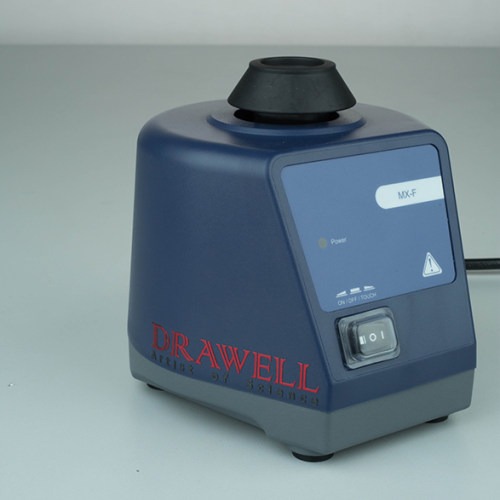
Conclusion
The lab vortex mixer, despite its humble appearance, is a vital instrument in the symphony of modern laboratory research. Its ability to efficiently mix liquids, facilitate crucial biological interactions, and adapt to specialized techniques makes it a versatile workhorse. By understanding its applications, implementing proper operating precautions, and performing regular maintenance, researchers can ensure this unassuming tool continues to play its essential role in the ever-expanding repertoire of laboratory pursuits.

